
A Fragrance Medicine Wheel Garden
In the prayers of my people are prayers for grass, for the renewal of the earth, and for deer. And if we do this… then all of this life and all of this spirt will go on forever.
Tsonakwa, Abenaki artist and storyteller, 1986
American Indian Medicine Wheel Gardens are an ancient and powerful way of creating a sacred planting space and working with natural energies for healing and renewal.
By E. Barrie Kavasch
Sign up for our monthly newsletter!
Fragrances are alluring pleasures. Many of the herbs we grow in our medicine wheel garden release their aromas in the summer heat when you brush by their foliage and blossoms. Capturing the volatile oils (the quickly escaping fragrances) in concentrated essential oils is an art that has been practiced for thousands of years. Many ancient cultures knew that fragrances can trigger emotional and healing responses in people. In fact, archaeological evidence reveals the use of essential oils in ancient burial sites.
Many ancient cultures knew that fragrances can trigger emotional and healing responses in people.
It could be that our closest living relatives, non-human primates, hold some of the answers we seek. Many species including chimpanzees make use of the natural resources in their habitats to self-medicate and improve their own health. This behavior, known as zoopharmacognosy, typically involves ingestion or topical application of plants, soils, insects or even psychoactive drugs in order to treat and prevent diseases.
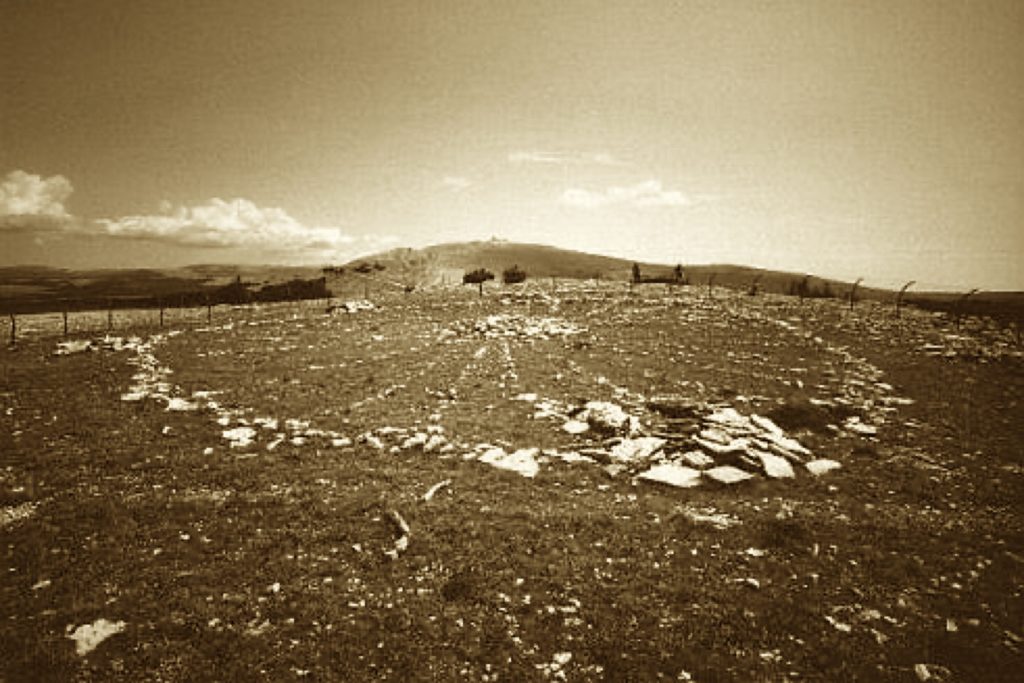
The Bighorn Medicine Wheel is located in the Big Horn Mountains of Wyoming. Is thought to between 300- 3,000 years old. National Park Service. There are approximately 150 historic Medical Wheel in Wyoming, Montana , South Dakota and Canada. The oldest is the 5,500-year-old Majorville Cairn in Alberta.
René Maurice Gattefosse, a French chemist who investigated the chemical constituents in essential oils that aided the healing process, popularized the term aromatherapy in 1920. Many different essential oils provide amazing healing potential when smelled and rubbed on the skin. For this reason, and for pleasure, aromatherapy has become enormously popular.
American Indian sweat lodge rites include the fragrance of sage, pine, or juniper in the steaming mists rising off fire-heated rocks. Beyond sweat lodge rites, fragrances also play a role in diverse medicines and ceremonial rites. Many of the healing plants in the medicine wheel garden give particular aromas that perfume various healing applications. Bergamot (bee balm), American pennyroyal, bayberry, sage, sweetgrass, wintergreen, and yarrow are some of the most prominent. These herbs and their fragrances have antiseptic and antibiotic qualities.
American Indian sweat lodge rites include the fragrance of sage, pine, or juniper in the steaming mists rising off fire-heated rocks.
Inhaling certain fragrances can bring back memories and stir emotions. Some fragrances, such as sage, sweetgrass, and yarrow, can be relaxing and grounding; other aromas, including the perfume of bee balm, sweet flag, and
pennyroyal, can be invigorating and cleansing. Think of the intoxicating fragrances of ripe strawberries, vanilla and chocolate.
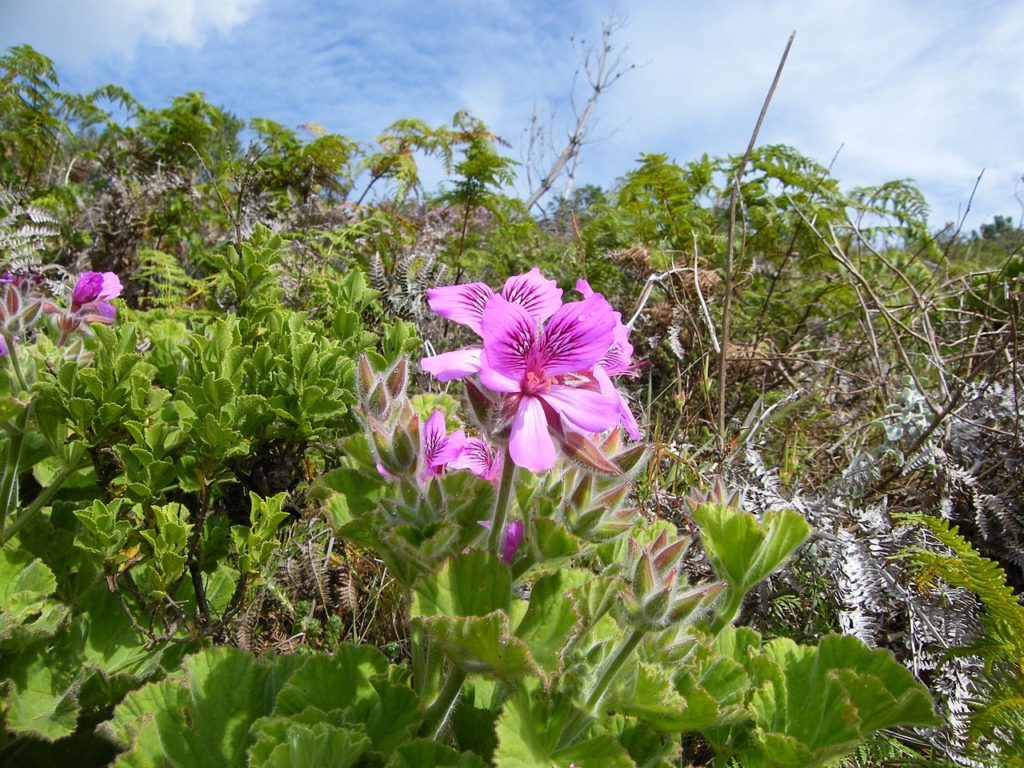
Pelargonium are a genus of flowering plants commonly known as geraniums. Many geranium species are used in herbal medicine and their essential oil is used in aromatherapy. Andrew massyn/Wikimedia, CC BY-SA
A Fragrance Medicine Wheel Garden might feature selections from over two hundred herb-scented geraniums in the genus Pelargonium, which originated in South Africa. These highly perfumed ornamentals exhibit diverse foliage and blossoms types. Their aromas mimic everything from nutmeg, strawberry, lemon, and lime to gooseberry, old rose, pine, ginger, orange, crème de menthe, chocolate, apricot, peach, and much more. Their leaves are used in teas, tisanes, creams, and lotions, and as insecticides. The geraniums are tender perennials in most zones, where they must be replanted from new stock each year. Many of us collect them, always adding to our favorite varieties when we find a new one.
E. Barrie Kavasch is an herbalist, ethnobotanist, mycologist, and food historian of Cherokee, Creek, and Powhattan descent with Scotch-Irish, English and German heritage. She is the author of Enduring Harvest, Native Harvests, and The Medicine Wheel Garden.
This article is excerpted from The Medicine Wheel Garden
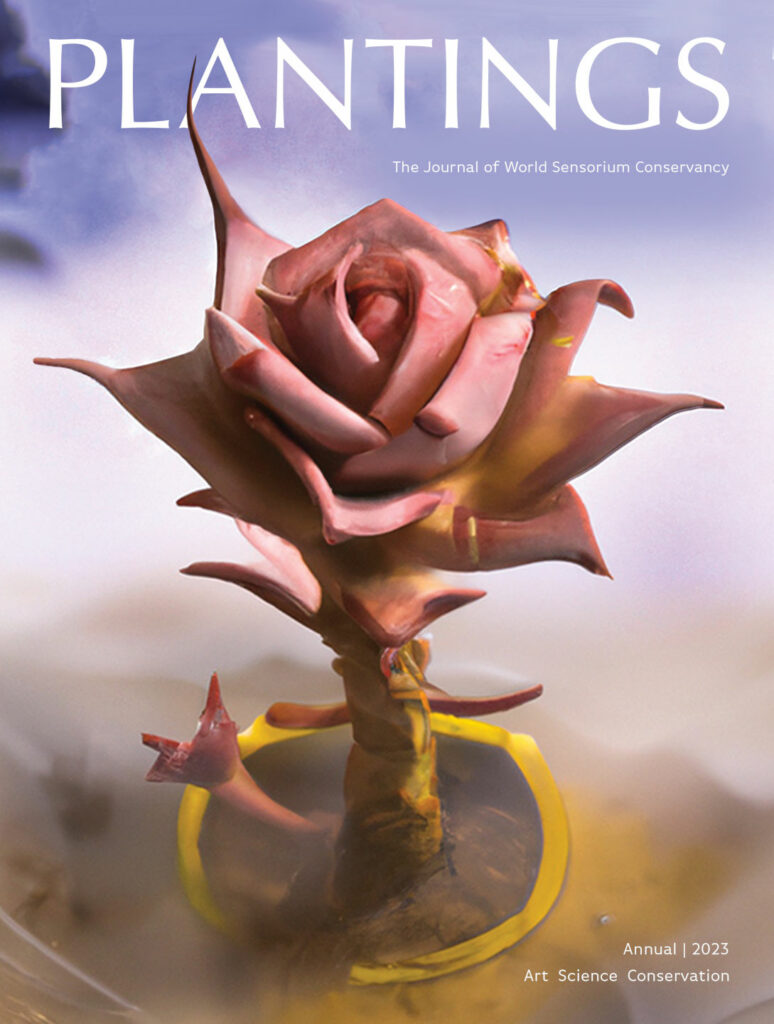
Plantings Print Annual 2023
Do you have the 2023 Plantings print annual?
Plantings cultivates innovative ideas and fresh perspectives, nurturing the global conservation community. Our readers find inspiration in forward-thinking individuals and approaches dedicated to fostering a better life for the planet and all its inhabitants.
The 2023 edition of Plantings is available in our store for shipping.


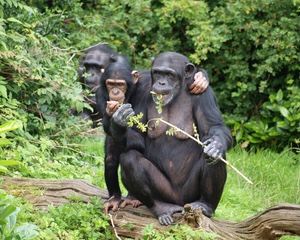
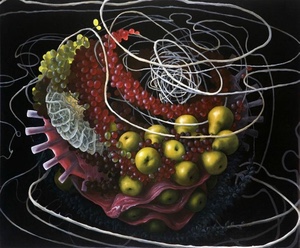
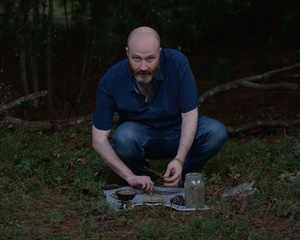
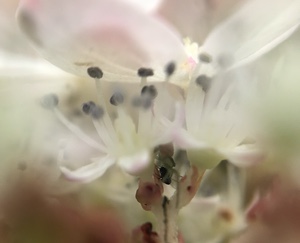
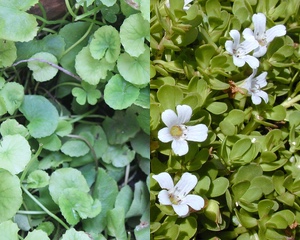
I look forward to reading The Medicine Wheel Garden and incorporating in my garden and in others aromatic healing herbs. Who doesn’t need more reasons to slow down and enjoy the wonders and healing powers of nature?